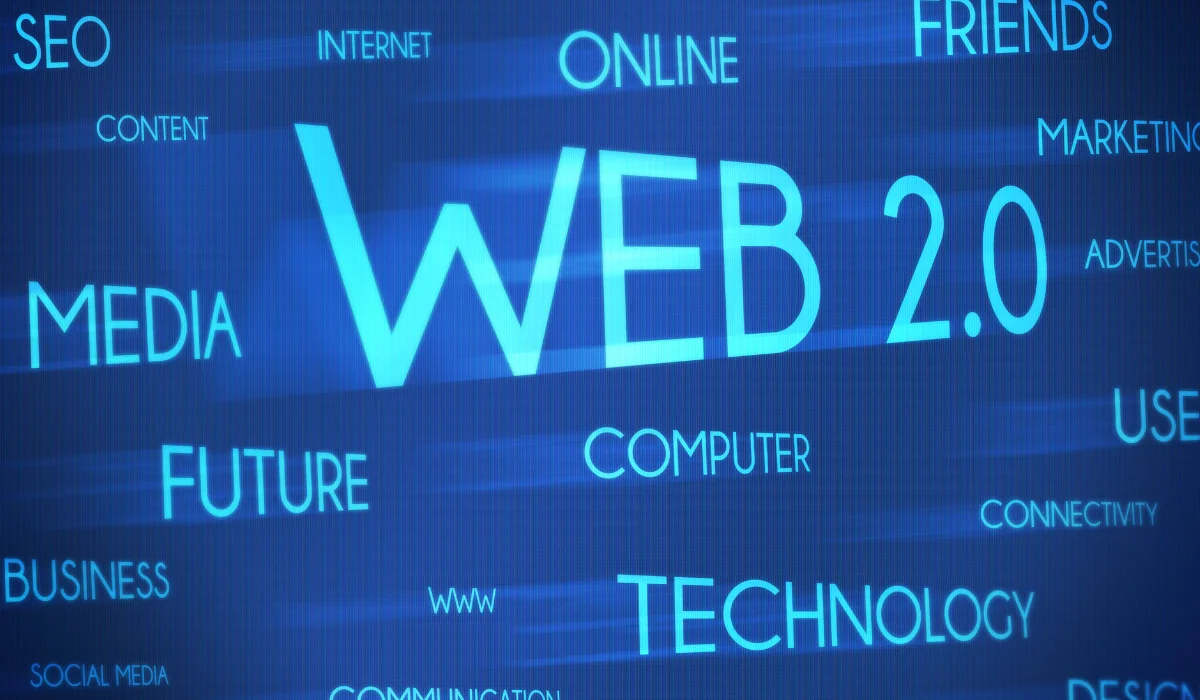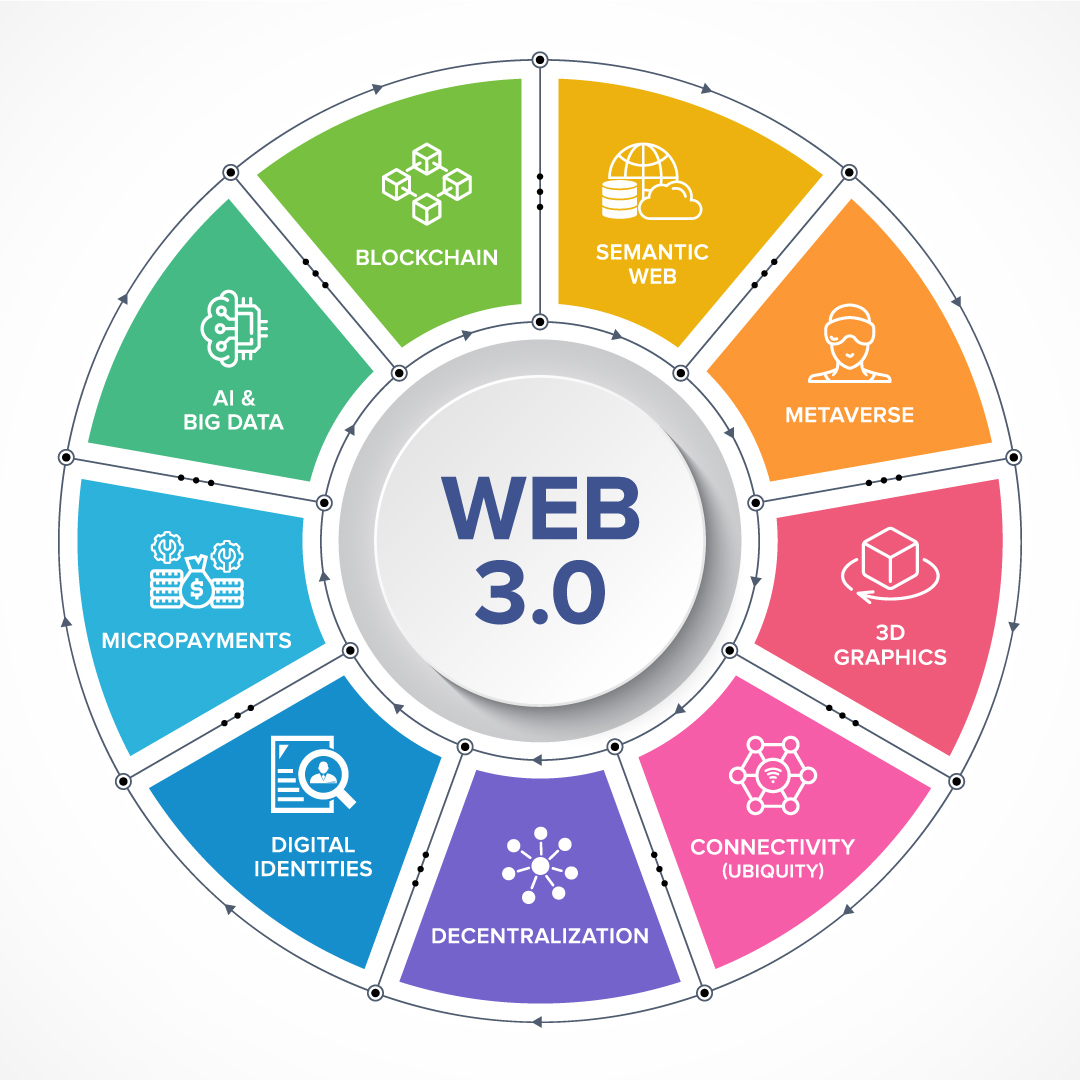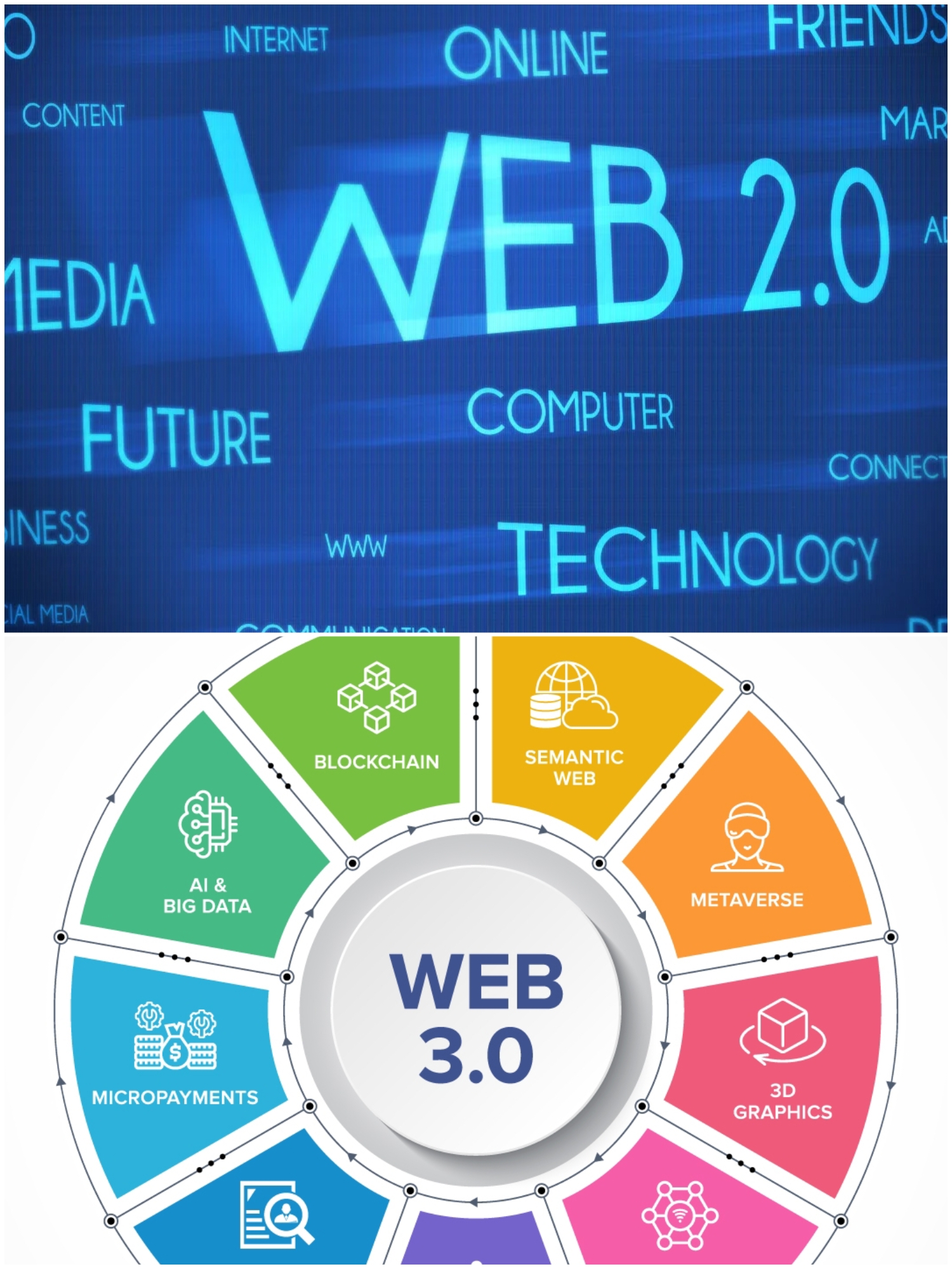Top Differences between Web2 and Web3: Full Review
While Web2 caters to the present internet generation, Web3 is known as the semantic web. Let’s look at these ideas, see the differences between Web2 and Web3, and decide which one will be the most important in ten years.
From the early days of Web1, which had static text and images, to the current version, Web2, the Internet has changed a lot. We are now in the Web3 era, where it will be easy for value and data to move between decentralised platforms where ownership and control are spread out. What else does Web3 have, though? How is it not the same as Web2? Continue reading to find out more about these two ideas, how they are different, and how they might be used.
Web3 is becoming more popular right now in the online world. The rise in popularity is related to the rise in fame of blockchain and the widespread acceptance and use of security technology. We now know that Web3 will eventually become the standard. Let’s take a look at the older generations, what made them different, and more.
As the technology is still new, learning about the idea may help users grasp it better.
Web 1 (1990-2005)
The first version of the internet, also known as Web 1.0, was designed especially for corporations rather than individuals. Just a few folks understood how to gain proficiency. Most important firms engaged computer professionals to manage the internet and execute its use to benefit their staff. Keep in mind that users were charged based on how many pages they looked at. MySpace, Google, LiveJournal, and Yahoo are all examples of Web 1.
Web 1.0 was basically a content delivery network (CDN) that let people see static data on websites without being able to say what they thought, felt, or said. It also started the dot-com boom, which lasted from 1995 to 2000 and helped a lot of web companies grow.
What is Web2?
The world wide web (WWW), which people sometimes just call “the web,” is now at version Web2. It focuses on search engines, social networks, shopping websites, and websites that don’t change.
The first version of the internet was called Web1, and it was read-only and didn’t let you do anything. Web2 added more dynamic and interactive features, and everything became “clickable.” It let people make material, share it, and talk to each other online.

Advantages of Web2
Web2 is more interactive, communicative, and open to involvement than older versions of the internet. Here are the main benefits of Web2:
1. Interactiveness and Dynamic content.
Web2 contains websites that have clickable elements like buttons, links, and forms that allow users to make decisions and take action with a click. You can also make apps with information that you can interact with.
2. Communication
Web2 added online forums, live chats, comment sections on social media, and the ability to like and react to posts. This lets you talk to anyone in the world online.
3. User-generated content
Browsers are used to find content on Web2, and blogs, vlogs, and video sites are used to make and share content. Sharing of information. On Web2, it’s easy to share knowledge and information thanks to self-publishing platforms and social media.
4. Simple to use
Web2 is easy to use. With just a few clicks, you can share and update information, buy things, and book services, even if you don’t know a lot about computers.
Disadvantages of Web2
Web2 is useful, but it also has some problems. E-commerce and social media sites are run by centralized authorities, which brings up these issues:
1. Security
Since Web2 stores its data on centralised servers and systems, a lot of users can cause servers to become overloaded. Centralised servers are also risky for security because hackers only need to break into one system to get to a lot of user data. Centralisation also makes it easier for businesses and governments to keep an eye on what people are doing.
2. Data ownership
A few giant companies dominate Web2, they collect user data and exploit it for monetary gain. To use an online platform, you have to set up a user profile with login information via email registration. All of your data ends up in the servers of the website owner. In this sense, user data is in the hands of the companies, which is a privacy issue, along with the fact that user activity online is tracked by cookies and tracking pixels.
3. Censorship
Corporations and governments suppress, control, or block certain information to regulate harmful and dangerous content or for their own gain. They can block websites or users on specific websites, monitor user behaviour, and enforce policies. However, it raises the question of freedom of speech.
Also Read: Common Cryptocurrency Scams and How to Avoid Them in 2024
What is Web3?
Web3 is the next generation of the internet, an upgraded world wide web form. It is known as the “semantic Web” or “decentralized Web” because it is built on decentralized technologies such as blockchain and peer to peer networks. A decentralized design allows participants to access and share resources directly without a central authority.
It’s crucial to comprehend the word “web3 future” before attempting to learn more about it. You should be aware that none of the data you share on Facebook, Instagram, and TikTok is your own. The majority of us utilize a highly centralized internet these days, with large corporations maintaining control over it.
On the other hand, web3 offers a fresh solution to these problems. Web 3.0, also known as web3, is an intriguing idea for the internet’s next generation that demonstrates consumers’ power over their digital assets and other online material. How will the world be altered by web3? The short answer refers to the centralized method used by large corporations to develop and provide goods and services.
Let’s use Facebook as an example of a social media platform. Are any of the data you have on Facebook your own? No, Meta owns all of Facebook’s assets and has total authority over user-generated material. The business can ban or block you based on your requirements. The online game Fortnite is another illustration of a centralized internet platform. There is no control over in-game identities or things in this game. It is evident from this that users of web 2.0 cannot manage or profit from the content they produce.

What Technological Platforms Adopt Web3?
Web3 envisions the potential architecture of the internet based on emerging technologies. These three are the principal ones:
- Blockchain: A blockchain is a decentralized, digitally distributed ledger that is present throughout a computer network and makes transaction recording easier. A new block is made and added permanently to the chain whenever fresh data are uploaded to a network. After that, the modification is reflected on all blockchain nodes. This indicates that there isn’t a single point of failure or control in the system.
- Smart Contracts: Smart contracts are computer programs that, when certain requirements are satisfied—such as terms agreed upon by a buyer and seller—automatically take action. On a blockchain, smart contracts are created in unchangeable code.
- Digital assets and tokens: Tokens and digital assets are valuable objects that are solely available online. NFTs (nonfungible tokens), stablecoins, cryptocurrencies, and central bank digital currencies (CBDCs) are a few examples of these. Tokenized copies of actual assets, such as works of art or event tickets for concerts or sports, may also be included.
What are the Benefits of Web3?
The decentralized structure of Web3 is its main advantage or value for users. Centralized networks will not be rewarded in the next generation of the internet. A democratic atmosphere where spending is more open thanks to public distributed ledgers will be fair and trustworthy. Corporate cheating will gradually decrease as a result of this. It is fair to say that Web3 has the ability to improve corporate and government operations. However, due to the scale of the shift, it will almost certainly draw criticism.
While decentralization is one of the biggest benefits that Web3 could give, the other ones include:
1. More Privacy
Web 3.0 will value security and privacy over surveillance and control. Users will have full control over their data. They have the choice of sharing or keeping the information secret.
2. Security
This form of the internet will also be safer than older ones thanks to blockchain technology and its self-sufficient structure. Hackers will have a very hard time taking advantage of the network, and even if they do, what they do will be recorded. Hacks are still possible in a decentralised system, even though most blockchains have built in protections against this.
3. The Semantic Web
The Semantic Web is the next step in how the internet has changed over time. Semantic Web makes web-based systems better all around. Semantic technologies let users make online data repositories, describe vocabularies, and set rules for how to handle data. RDF, OWL, SKOS, and SPARQL are the tools that make linked data possible.
4. Ubiquity
Many apps can access the same data at the same time, all devices are online, and services can be used from anywhere.
5. Connectivity
Because of semantic content, data is closely linked to Web 3.0. This makes the user experience better and takes connection to a whole new level that uses all available data.
Disadvantages of Web3
The biggest problem with Web3 is that it is hard to understand and needs a lot of computing power. Web3 is based on blockchain technology, which makes it harder for most people to understand. Here are the main things that are bad about Web3:
1. Complexity
Both the technical side and the human side of Web3 are complicated. As a result, widespread acceptance is not yet possible. Web3 needs some programming knowledge and advanced IT skills, so it would be hard for people who are new to it to get the hang of it.
2. Scalability
Blockchain technology and other decentralised networks have trouble handling big amounts of data. This could cause Web3 to slow down and have limited network capacity.
3. Regulatory and Legal Issues
It is hard to enforce laws or rules on blockchain networks, which could lead to fraud, money laundering, and other illegal activities on Web3.
4. Computational Resources.
More computer power is needed for Web3 than for Web2. Web3 would not work with some older devices. Also, Web3 operations would use a lot more power.
Major Differences Between Web2 and Web3
Web 2.0 and Web 3.0 are both similar technologies that come from similar places, but they solve problems in different ways. The main difference is that Web 3.0 is all about making content (Semantic Web), while Web 2.0 is all about reading and writing content. The second one is much better because it uses technology to make it easier for web users to share information while also making it safer.
Web2’s goal is to connect people, but Web3’s goal is to give this data more meaning and build trust. Decentralisation makes this possible. Here are some more differences:
1. Currency
Fiat money is used to pay for things on Web 2. Government-issued money, such as the US dollar, is used during transactions. Web3, on the other hand, uses cryptocurrencies such as Ethereum or Bitcoin, which are encrypted digital currencies to fund transactions.
2. Application
Web2 includes podcasts, social sharing, blogs, RSS feeds, and video sites. Web3 includes AI and machine learning-powered dApps, virtual worlds, and 3D portals.
3. Content Ownership
With Web 2.0, the network assumes control for information storage, causing access issues and concerns about the anonymity and protection of online data. Web 3.0 solves this problem by letting data be exchanged in several locations simultaneously.
4. Speed
Web 2 transfers are quicker than Web 3 transfers. Web 2 scans for information kept in a fixed place, generally on a single server, using HTTP in unique web addresses. Web3, on the other hand, assigns ownership to numerous others (decentralization).
5. Technology
The most popular Web2 technologies include – AJAX and JavaScript, HTML5, and CSS3. ML, deep learning, semantic web, and decentralized technologies power Web3.

Conclusion & Reconsiderations
Since Web3 is still in its infancy, there are still unknowns and technical difficulties to be resolved. Not everyone has the means or technical know-how to take part in Web3 at this time. It requires work to improve accessibility.
All things considered, Web3 presents a vision for a more transparent and user-powered internet. Even if there are obstacles to be solved, this is a development worth keeping an eye on because of the possible advantages for security, data ownership, and creativity.





One Comment